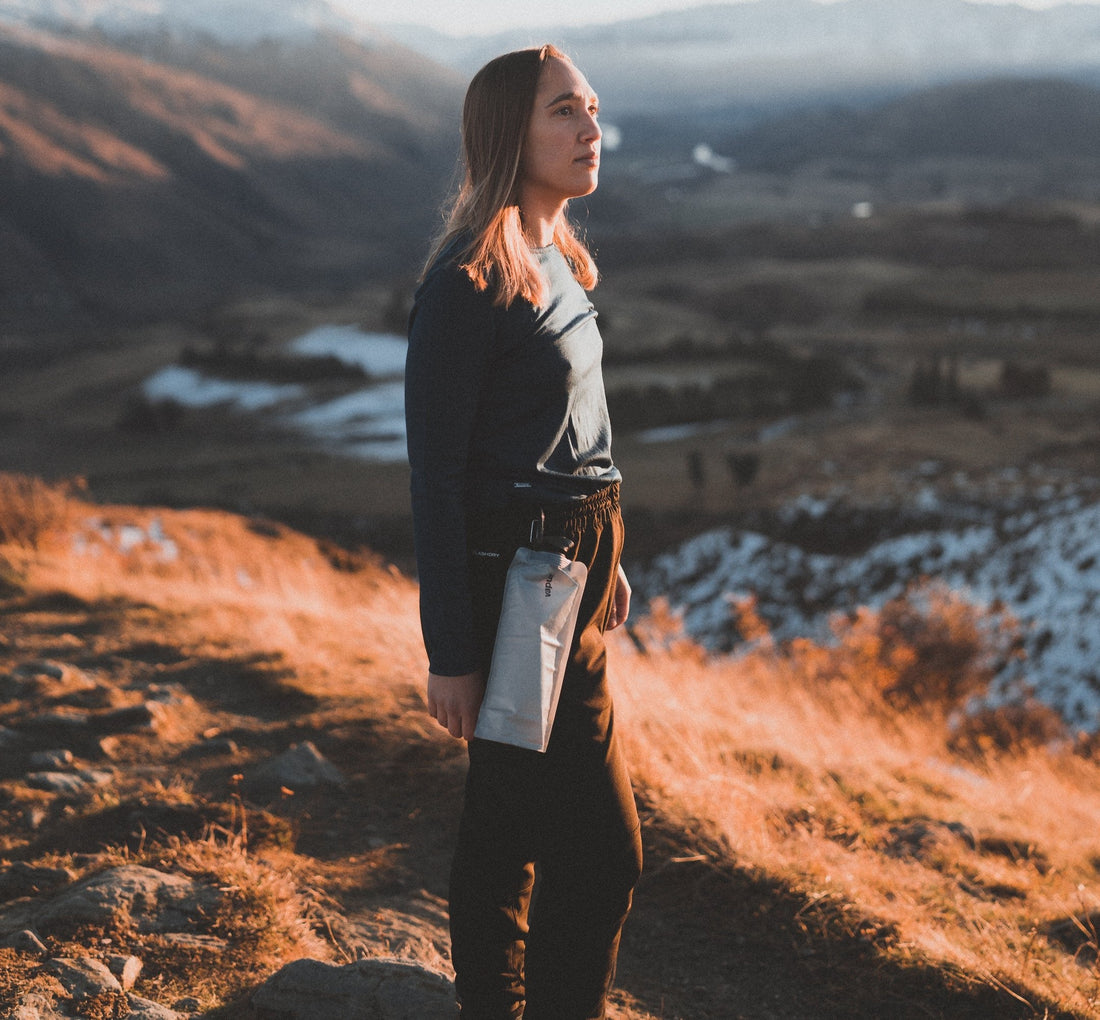A hike through nature presents a variety of benefits, from an improvement in heart health and sense of balance to the reduction of stress and lowered risks of depression, highlights the National Park Service. The United States presents the perfect opportunity to explore a wide variety of scenic landscapes via an old-fashioned hike, whether you wish to see the famous Appalachian Trail for yourself or indulge in California’s landscapes via the Pacific Crest Trail. How light your backpack is can make a huge difference in the amount of physical strain you’ll have to endure, and will help you enjoy the scenery without the struggles of a cumbersome pack. From the value of reusable items to the type of clothing you should pack, a light load can make all the difference — and doesn’t have to be a challenge.
Weather considerations highlight eco-friendly options
Many may not give much thought to their backpack until a few days before the hike, though a well thought-out plan is crucial in order to get the lightest pack possible. Aside from the essentials (such as a tent and sleeping bag), clothes are often one the biggest concerns, especially for those who plan to hike for multiple days. Cotton can seem like the obvious choice, though it can be difficult to dry quickly and doesn’t insulate when it is wet. One USA Today article highlights an unlikely, yet worthy eco-friendly alternative — merino wool. Grown by merino sheep, the wool is lighter and thinner than traditional wools, and is noted to be comfortable against the skin. “Not only does it insulate and breathe, but it also doesn’t absorb bacteria-causing odor,” the article highlights, and goes on to further mention that merino socks, shirts, and underwear can be worn for days without having to pack multiple changes.
The weather you’ll be hiking in is a crucial factor, and will largely determine the right kind of clothes you’ll need for your hike. This makes prior research and weather forecasts incredibly valuable. Those headed to Marin County, California, for example, likely won’t need heavy duty gear when hiking through the Marin Headlands, especially during the warmer months. Part of the Golden Gate National Recreation Area, the location features a variety of hiking trails peppered with historic sites and coastal views. Layers can be a valuable consideration, as they can be removed or put on throughout the day. While a t-shirt and a packed away light jacket can be enough for a fair-weather hike, layers can bring great value to a hike that takes place in mild weather conditions. A base layer, for example, could consist of a short sleeve and a long-sleeved shirt. From there, a lightweight fleece and even an insulated down jacket will aid with warmth and wind during the colder months. A rain coat and gloves are additional considerations to keep in mind, especially if the weather is forecast to be on the chilly side or in case of a light rain shower.
Reusables highlight smart solution for food waste
As hikers typically pack their own food for the duration of their journey, it can be easy to opt for individual, pre-packaged items, from dehydrated lunches to instant coffee packets, granola bars, and beyond. However, it’s crucial to note that these can all contribute to waste generated while out on a trail. Grayson Haver Curren recounts the hike experience on the Pacific Crest Trail (PCT) in a 2021 Outside Online article, particularly when it came to the trash that was produced. Grayson noted that the first three months, he’d noticed a number of overflowed trash cans that contained the collective refuse of fellow hikers, which included items like empty food pouches or broken outdoor gear. Grayson then went on to catalog his own waste from Oregon’s Crater Lake to Leavenworth, Washington, which led to a realization of just how much garbage a single hiker can generate. “I trashed nine hummus containers and 30 Ziploc bags, two shoes and 34 cans of stove fuel, beer, and soda water. In addition to many condiment packets, he wrote: “I discarded so many compostable coffee pouches that I could not compost that I now cannot bear to type the number.”
Reusable items are a great place to start when the goal is to minimize the waste that you generate when on a hike, and can minimize the amount of clunky packages you’ll need to pack. The reusable Vapur Anti-Bottle is particularly ideal for the elimination of countless plastic bottles, as it can be folded and packed away when empty for a lightweight companion when on a trail. Options such as the 1.5 L Wide Mouth Anti-Bottle can be particularly useful for long hikes where hydration is crucial, and the Insulated Chill Bottle and Anti-Bottle 2Pack will provide plenty of cold water during the warmer months. Other reusables, such as eco-friendly silicone bags can be used again and again to store and organize food, and can even be used to hydrate meals with hot water. This makes for a great option for those who wish to take their own homemade foods from home, from the quintessential trail mix to a classic peanut butter sandwich or even a dehydrated dinner.
The power of multipurpose items
A list can be a powerful way to stay organized in regard to the supplies you plan to take along, and can even help determine what you’ll really need versus what can be left at home. Multipurpose items can significantly reduce the amount of weight on your back, and can further contribute to a minimal waste hike. For example, a small pot can be sufficient if you’re on a hike alone, and can double as a bowl or mug. One Washington Trails Association article highlights the value of multipurpose gear, which can redefine the basics of backpacking and ultimately minimize the items you’ll need to take on a hike. For example, it’s noted that rain gear (specifically raincoats and pants) can help protect from insects, while a dry bag can be filled with extra clothes to double as a pillow.
A hike is the perfect way to see the natural beauty of the United States, and there are no shortage of trails and parks to visit. A lightweight pack, however, can play a crucial role out in the great outdoors, and can often be the difference between a painful journey and one of relaxation. Armed with reusable and multipurpose items and eco-friendly fabrics, hikers can plan for the experience of a lifetime with considerations that benefit the environment, too.



